◊ By Dr Supriya Mahajan Sardana, MD
Let this percolate: In 10 years, India will start running out of drinking water. We could let rainwater simply fall on to the ground and replenish our almost empty water tables.
But no.
Extensive and all-pervasive concrete tiling in the name of ‘modernisation’, ‘urbanisation’, ‘progress’, ‘beautification’ and ‘development’ will not let this simple natural process take place.
Saving water in the urban context for the average Indian family basically means closing off the tap when not in use or fixing a leaking faucet.
But, a few closed taps will not plug the gaping hole of a crisis that we’re in.
In 2018, NITI Aayog released a study confirming that India is in the midst of a deep water crisis and that it would start running out of potable water by 2030—only 10 years from today.
Considering this bleak waterless future, water conservation efforts need to be on a wartime footing! Rainwater harvesting could bail us out before the guillotine descends, provided we take action NOW.
RAINWATER COULD BE OUR SAVIOUR
Rainwater harvesting is of two kinds. One is conducted by collecting rainwater in a storage tank specially built for the purpose. This is the kind of rainwater harvesting we’re all familiar with but also don’t implement because it sounds too complicated or is too much work for an individual household. We can leave it to the experts for now.
But there is another, simpler kind of rainwater harvesting, which nature accomplishes on its own. All we humans have to do to benefit from it is to simply let it happen! And that, my dear friends, is called GROUNDWATER AQUIFER RECHARGING.
HOW RAIN REFILLS THE EARTH WITH WATER
When life-giving rain falls on the ground, it percolates down into the deeper layers of the ground and when it meets an impervious layer of rock, it starts collecting as an underground water reservoir. It is from these underground collections that we draw water from wells, borewells, tubewells, etc.
PRECIOUS LITTLE WATER LEFT
Underground aquifers have been severely depleted by us humans. Why?
Due to excessive demand. There is uncontrolled extraction of groundwater for construction purposes, malls, agriculture, etc.
Not enough replenishment. Batteries are not the only things that need to be recharged once consumed. To compensate for water consumption, we need underground water recharge too, through rainwater.
Owing to ‘development’ and rampant urbanisation, trees are fewer, and rain is also lesser. Hence, much less water is available to replenish the aquifers than before. Whatever little rain does occur, cannot seep into the impervious ground because we have tarred or cemented every area!
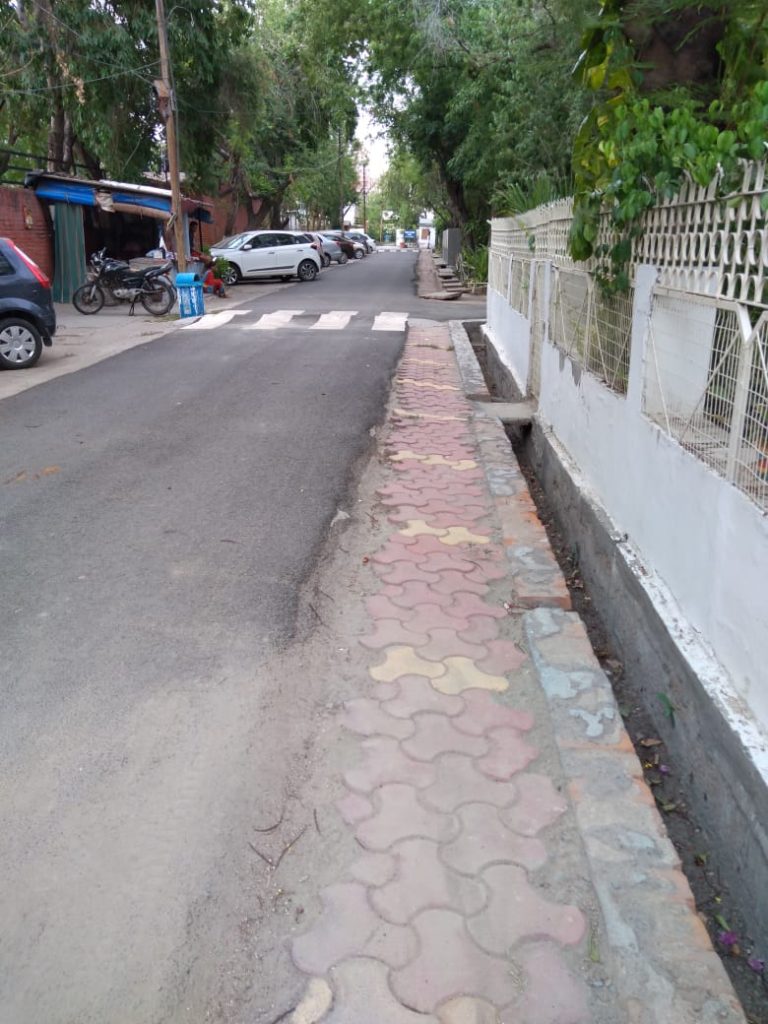
Overwhelming laying of concrete on every bit of land around residential areas includes not only the parking areas but also road verges. This prevents ANY rain from seeping into the ground. Photo courtesy of Dr Supriya Mahajan Sardana, MD
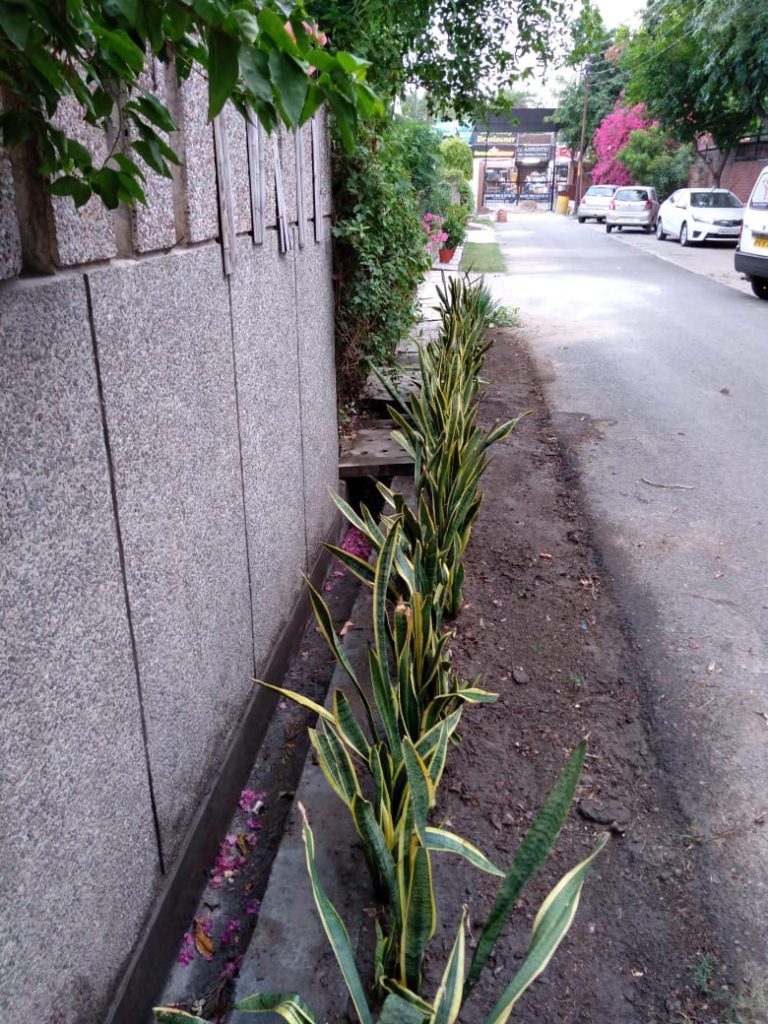
In the picture: As you can see, concrete blocks from the sides have been removed to free up a little ground for the rain to seep in. We can curb over-concretisation easily by simply removing such tiles around our spaces and converting them into little water recharging-cum-green air purifying zones. Photo courtesy of Dr Supriya Mahajan Sardana, MD
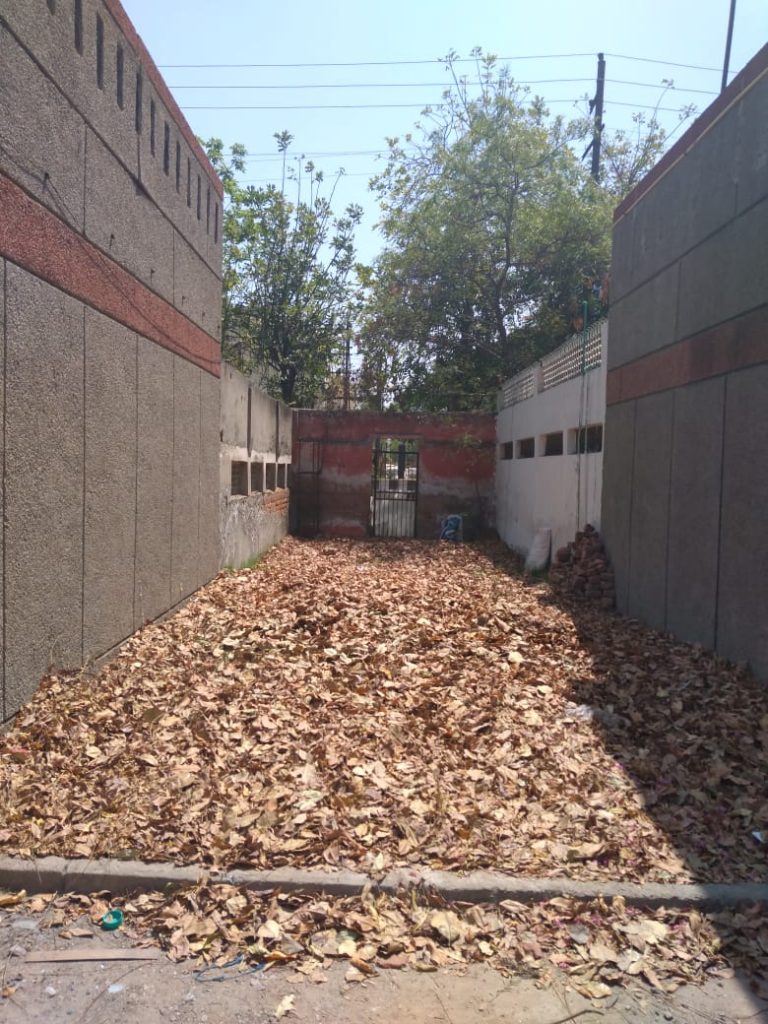
As a community, we (the residents of my colony) have recently rescued this little green belt from the onslaught of concrete and construction waste, and are now planning to nurture this into a medicinal herb garden.The dried leaves that you see in this image will serve as mulch and will prepare the soil underneath to become more fertile. Photo courtesy of Dr Supriya Mahajan Sardana, MD
Therefore, most of the rainwater literally flows down the drains, which are already choked with all the garbage that humans have created. Hence, there is backflow of dirty drain water, even when we don’t have a good monsoon season.
Consequently, we have an urban flood and drought situation happening simultaneously.
HOW WE CAN HARVEST RAINWATER IN OUR HOMES
You may be wondering: “What is my role in all this or, how can I help?” Here is what an ordinary citizen can do.
Had we not laid concrete and ceramic tiles everywhere, rain would have found a way into the ground. As of now, the only real ground left for groundwater recharge are parks and private gardens.
From here on, we can take a pledge to not carry on any further concretisation of any uncovered surfaces, and actively speak out against the same.
We need to follow the excellent example set by sustainability architect, Vandana Menon, who implemented a low-cost (Rs 2 lac) rainwater harvesting system in her colony in New Delhi’s Nizamuddin East—harvesting 4,85,13,149 litres of rainwater across 2,00,916 sq m.
The system improved the water quality and also increased the water levels in her society. As conscious citizens, we must get in touch with our respective RWAs and implement water conservation systems such as the one devised by Menon.
At the individual level, do not tile your driveway or parking space—opt for the lovely gravel of yore instead. It will allow raindrops to quench the thirst of the ground.
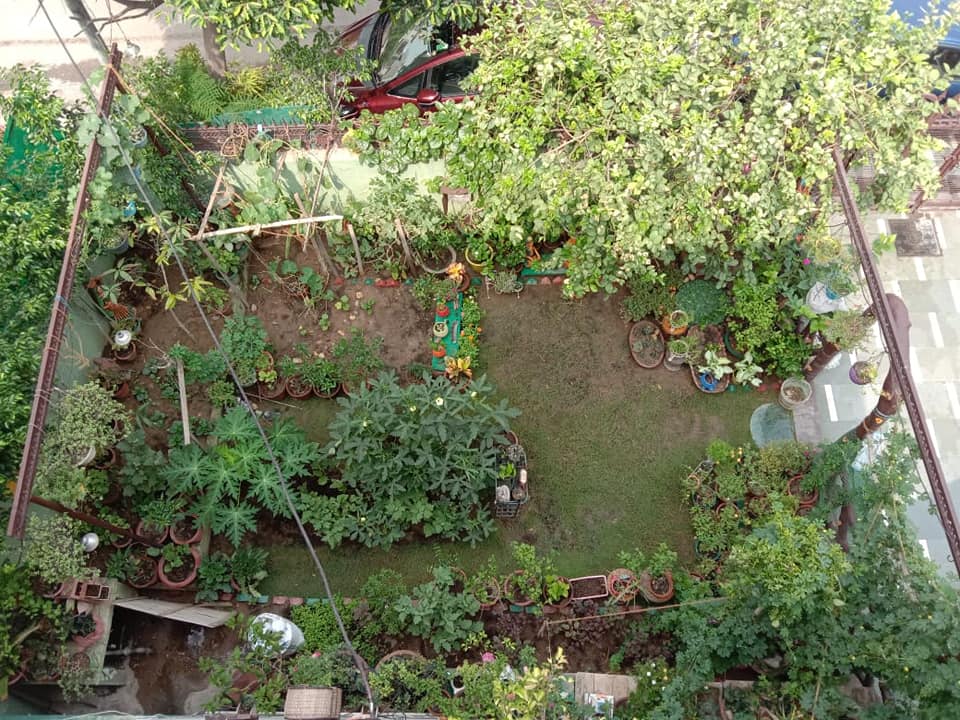
This is the ideal home scenario. No concrete tiling, no cement driveway. Just plain good old grass and plants for the rain to bathe. Photo source: Falguni Neogy/Facebook
The green belt around our home should no longer be cemented under the garb of ‘cleanliness’ and ‘beautification’, with only a sorry line-up of potted plants in the name of ‘greenery’.
It’s not only those with independent homes who need to implement rainwater harvesting. Apartment dwellers, too, can do it. Those who do not live on the ground floor can opt for rooftop rainwater harvesting of entire blocks or apartment buildings.
In my home, I have kept tiles and concrete to a minimum. Besides hydrating the ground, this measure has also significantly reduced heat in my home during the unforgiving Delhi summer months.
It feels good to observe the kutcha green spaces in and around my home come alive after imbibing rain. In fact, I am now in the process of de-tiling my verandah.
Join me in freeing up the ground and allowing rain in!
HOW TO LET RAINWATER COLLECT NATURALLY
– If you live in an independent home, do not add tiles to your driveway, verandah, backyard, garden—whatever extra space you have, let it remain concrete-free so that rain can reach the deep layers of soil.
– Rouse the RWA of your society/apartment complex to install a rainwater harvesting system.
– Apartment dwellers can install rainwater harvesting systems on rooftops.
– Speak up actively against the concretisation of public parks and culling of trees in the name of ‘beautification’.
ABOUT THE AUTHOR

The author is a dermatologist in Delhi NCR and is a proponent of natural living.


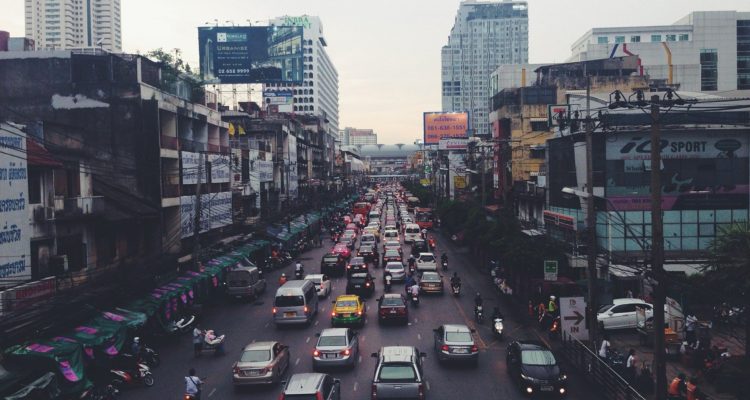
Leave a Reply